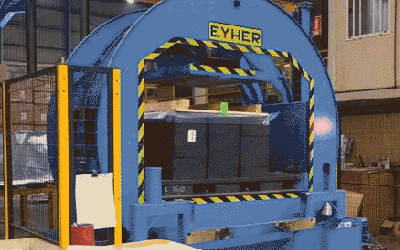Home / Bogies Drop
Bogie drop
Bogie handling for their placement, change or maintenance in a safe and productive manner.
BOGIE DROPS
Thechnical sheet
A car for raising/lowering/translating the bogie and the support tables.
Two support tables / vehicle passage.
An outlet.
Two sets of 2 claw jacks for box support and 2+2 auxiliary sets for bogie support.
Perimeter protection railings in the pit with barriers in vehicle passage areas and doors in passages from pits to tables.
Bogie Drop are used in the railway industry, both in the manufacture of trains by OEMs and by railway operators (trams, subways and long-distance trains) in their maintenance workshops for maintenance and change of bogies. This is a common operation since the bogie is a wear element as it is the rolling of the trains and is subject to wear and impacts that can cause it to break.
Bogie Drop
The Bogie Drop is a basic piece of equipment in railway and subway maintenance workshops , which allows the replacement of bogies or train axles. Its design allows the rail vehicle to be positioned on a false track on which the bogie or axle is dismantled.
Hydraulic jacks support the box of the train or tractor. By means of a spindle or scissors system, depending on the weight of the bogie and the available dimensions, the bogie is lowered into a pit, and transversely, it moves to another pit from where it rises again to the surface, where the new bogie will wait. for replacement. Eyher offers the “turnkey” supply with all the necessary elements to complete the installation and assembly.
Customized Bogie Drop
Eyher analyzes each need based on the work to be carried out and the space available and reviews the information on similar projects carried out previously, as well as all issues related to certificates and machine safety to offer the solution that best suits each case. For this reason, all the low train bogies are made to measure.
OTHER OPTIONS
Industrial uses of Bogie drops
/ Change bogies
The replacement work is done by lowering the bogie vertically and moving it transversely to the direction of the vehicle tracks or longitudinally in the same direction as the train tracks.
If the change is by means of vertical and transversal movement, the equipment will consist of two workstations, one in which the vehicle whose bogie is intended to be dismantled/assembled is positioned, and the other station, the one for entry/exit of the bogies. In this case, once the vehicle is supported by hydraulic jacks, the bogie will be lowered by means of electromechanical columns or hydraulic scissors.



























